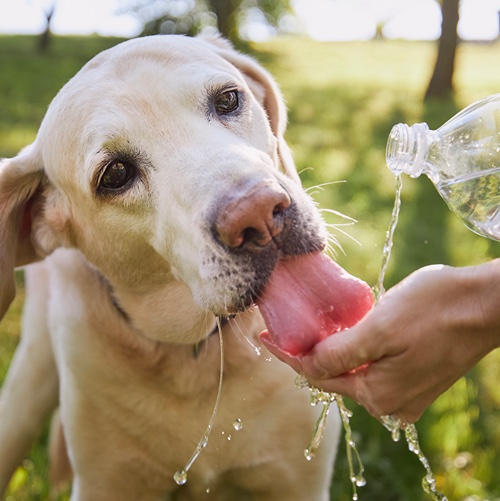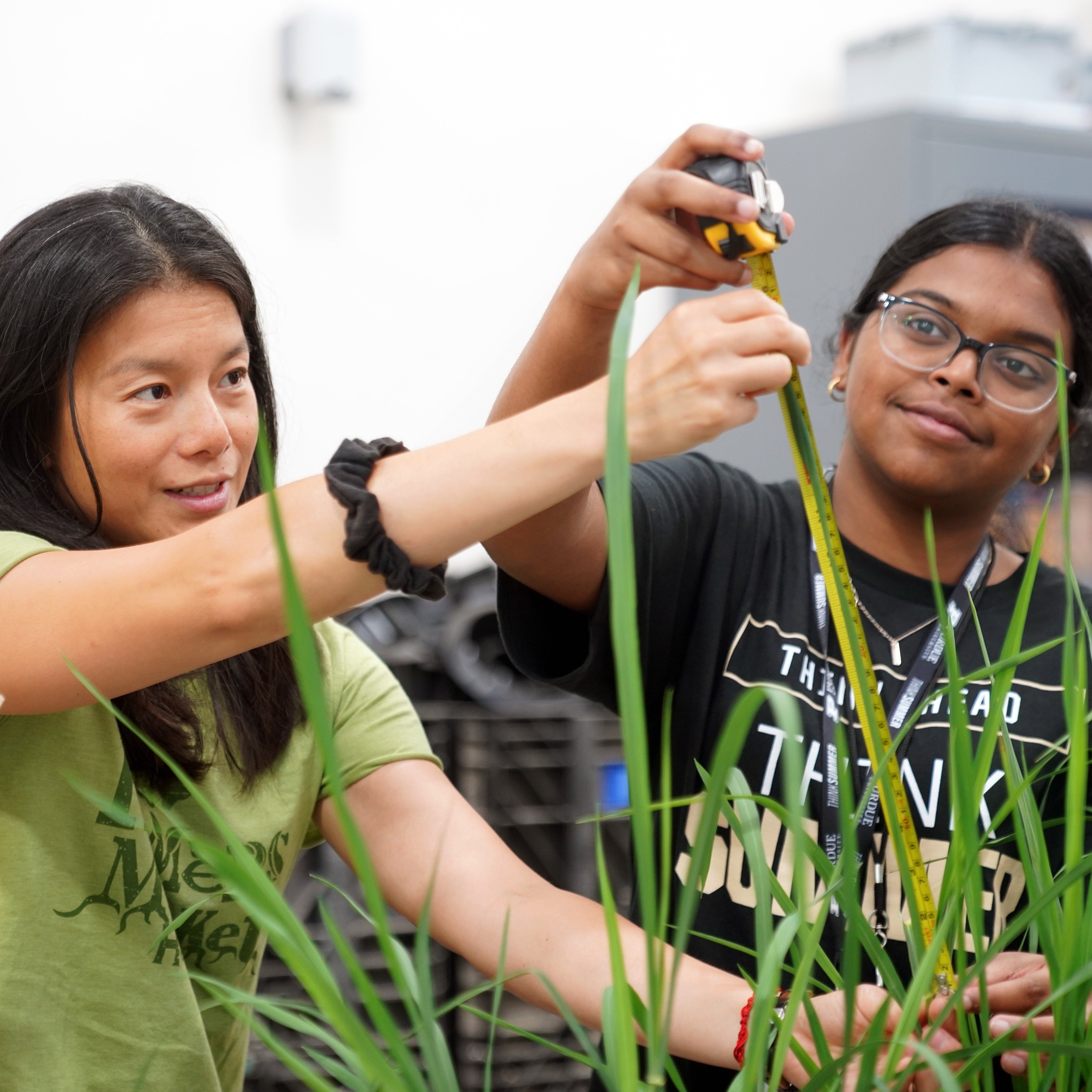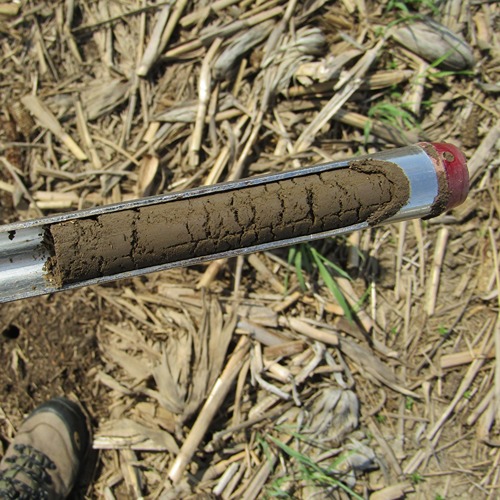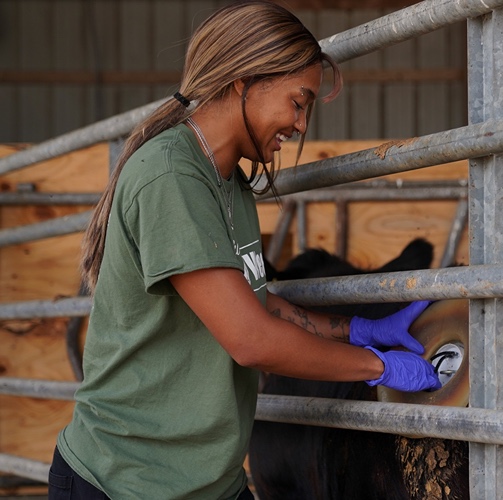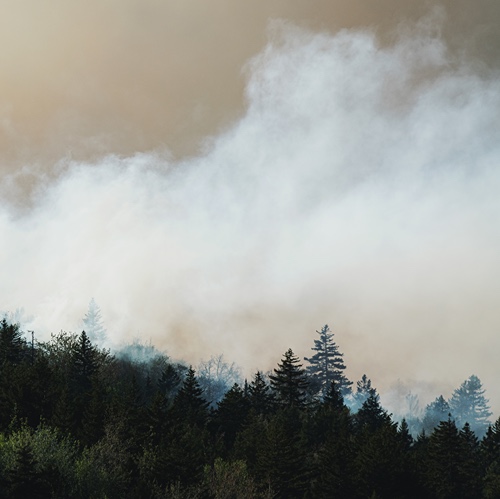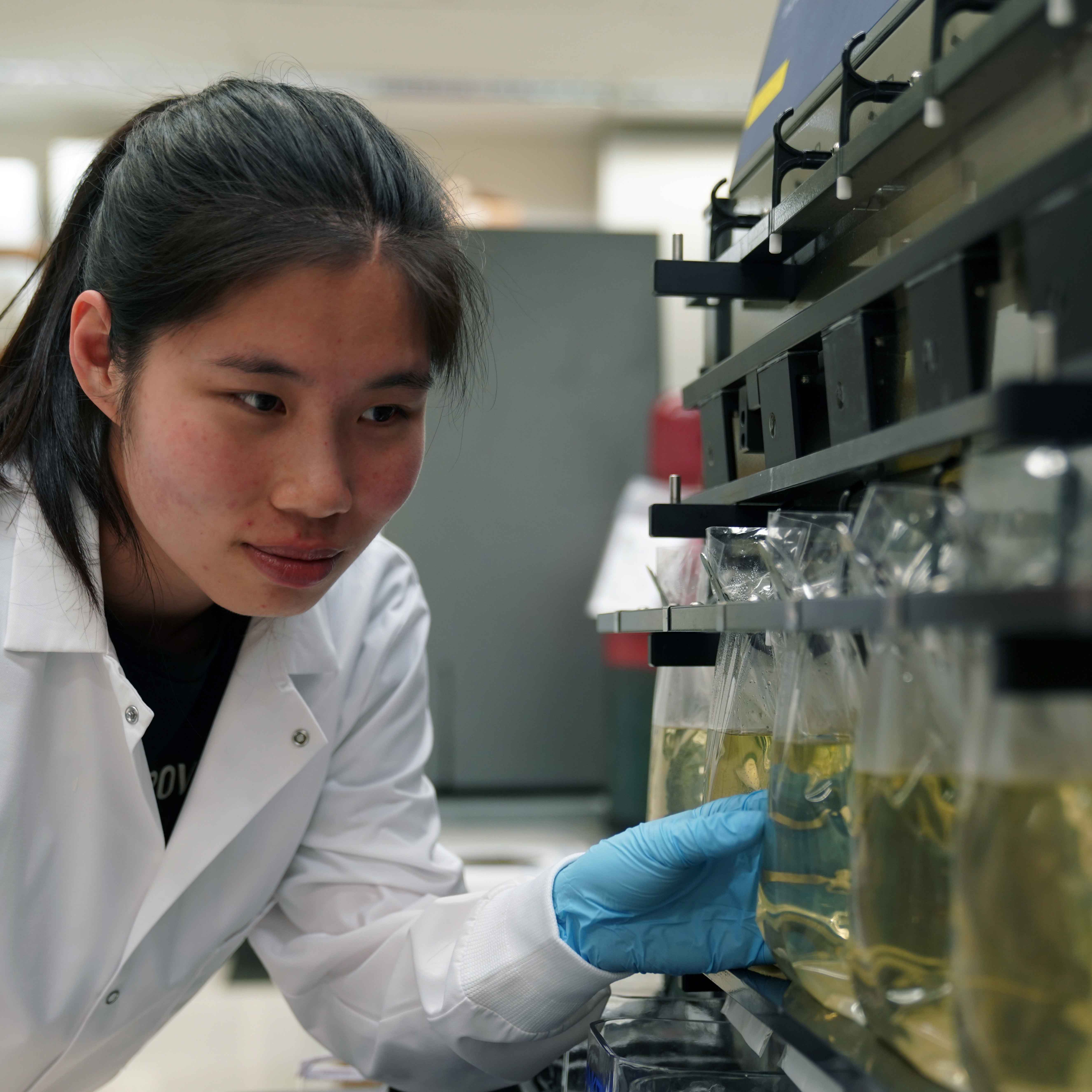A passion for space
“I have always stargazed and been fascinated by space.”
Madelyn Whitaker has always been fascinated with space. Her mother recalls this passion developing very early in her daughter’s life.
“From a young age, Madelyn was always looking at the stars,” Jenny Whitaker said. “I could tell that she was really curious and in touch with nature and the world around her. She also really loved plants and flowers and helping them grow.”
Now as a junior studying biological engineering, Whitaker had the opportunity to put her passion for space into practice by spending two weeks at the Mars Desert Research Station (MDRS), an organization recreating the conditions of life on Mars in the desert of Utah.
The station’s objective is to provide a venue for scientific research to inform the realities of space travel and colonization. The simulation involved living in close quarters in a habitat designed for space inhabitation, executing research projects and suiting-up in full gear to explore the surrounding terrain as if they were on the planet just over 81 million miles away.
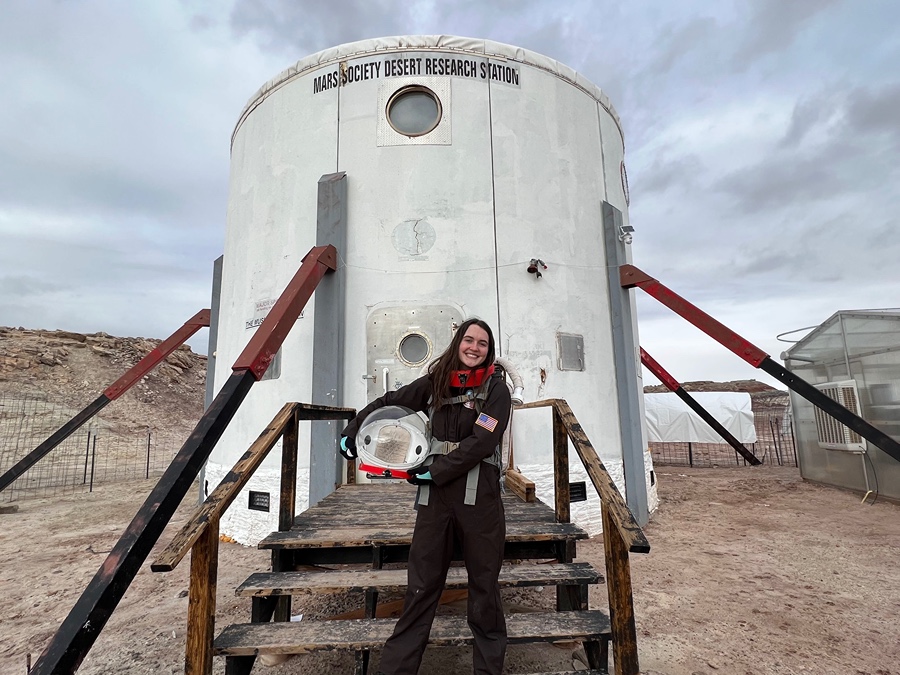
The path to space
“I never thought I’d be able to say that as a 21-year-old I have been an analog astronaut.”
Whitaker explains that she has been on a journey to tailor her degree to her specific interests and passions. She started in Agricultural and Biological Engineering thinking that she wanted to go into the pharmaceutical industry, but then she began to explore the possibility of a career in space agriculture.
“It’s really cool because not only can I work in the space industry, but I can also continue to pursue research and agriculture within my major for applications here on Earth to assist with crop failures, climate change and food insecurity,” she said.
Whitaker credits Marshall Porterfield, a professor of agricultural and biological engineering, for introducing her to opportunities within this field that she did not believe were feasible. Porterfield has vast experience in the study of space including working for NASA to oversee and manage Fundamental Space Biology, Physical Sciences, and all Human Research while providing oversight to the International Space Station National Lab.
In the summer of 2022, the MDRS program invited students from applicable studies to apply. This highly competitive process selected seven members to comprise the MDRS team. Everyone participating in the project has a role and conducts an experiment during the simulation. Whitaker was selected as an undergraduate applicant for the position of the GreenHab officer.
“My role was to maintain the greenhouse that’s there. It provides fresh food for the crew,” she explained.
Along with her greenhouse duties, she tested Astrobiome, a fertilizer designed to promote plant longevity in long-term space inhabitation missions. While it has been tested in hydroponic systems, Whitaker used this simulated environment to test its impact on yield and plant efficiency on a different plant system.
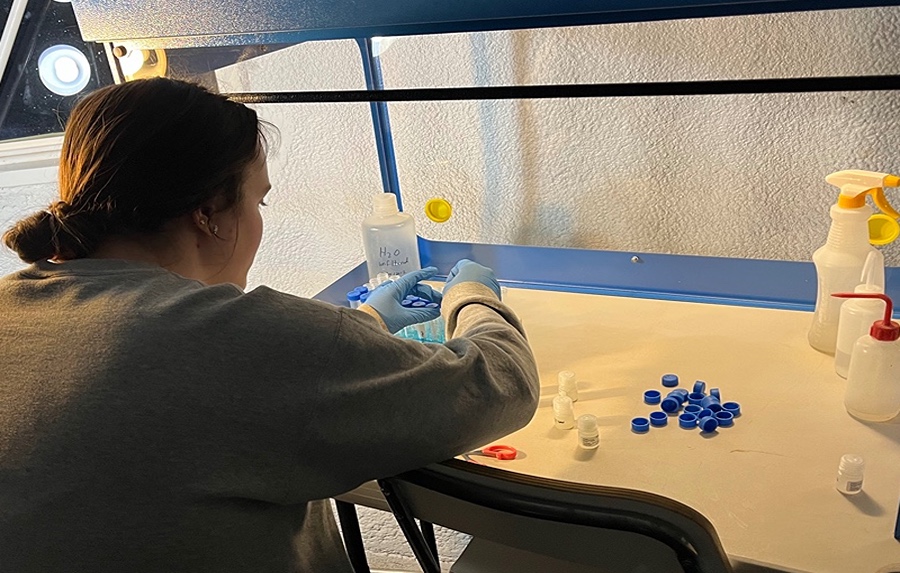
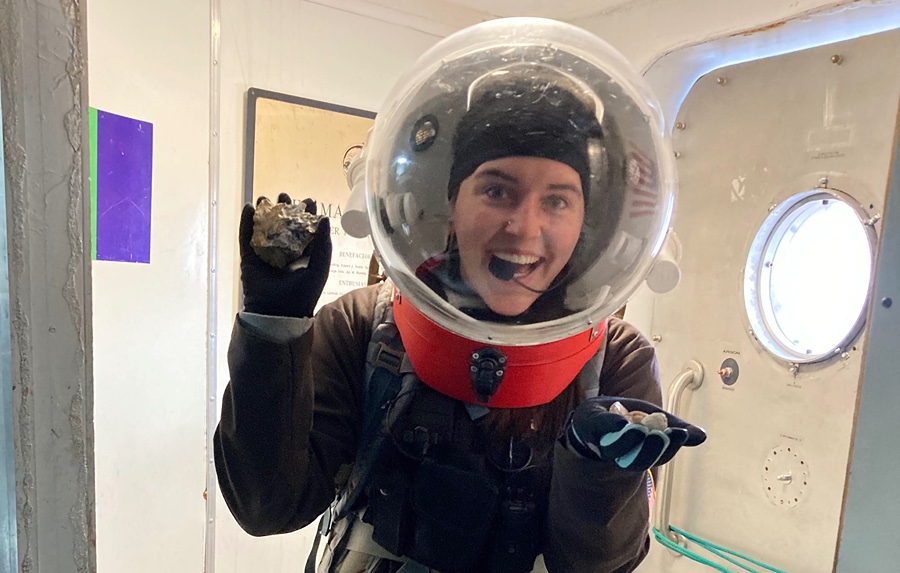
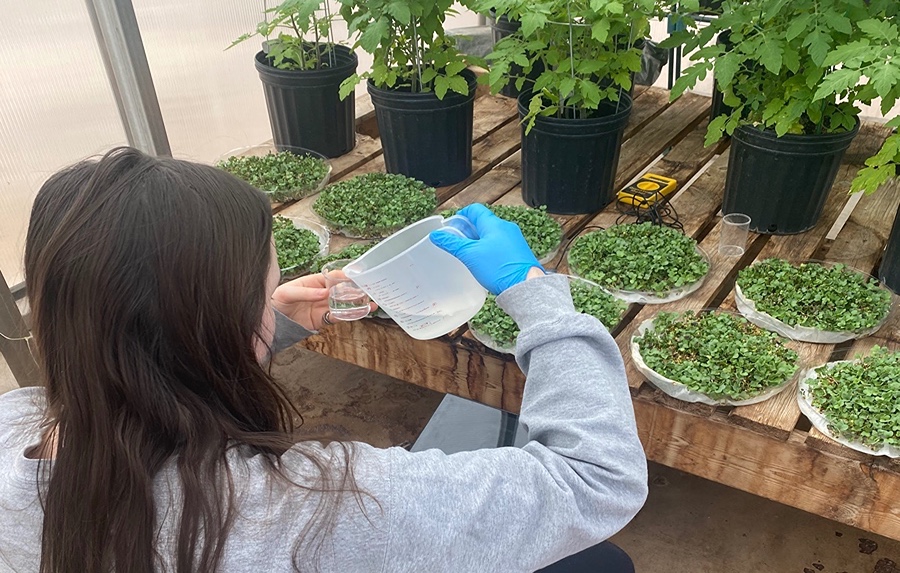
The mission
“The entire goal of the simulation is to get as close to what it would be like to live on Mars. If you go outside of the station, you’re in a spacesuit and you’re doing some sort of mission.”
Whitaker’s days were strictly planned to provide a full immersive experience.
Whitaker’s daily schedule at MDRS was as follows:
7 a.m.- Wake-up
7:30 a.m. - Stretch
8 a.m. - Debrief and start breakfast
9 a.m. - Breakfast
10 a.m. - First watering and monitoring for my experiments (pictures, watering, data collection)
10:30 a.m. - *EVA crew goes out (usually was not me, I just helped get everyone suited up)
11 a.m. - GreenHab monitoring: watering, harvest, planting
12 p.m. - Lunch
1 p.m. - Journal and plan for the next day, data analysis
2 p.m.- *EVA crew is back, clean suits
2:30 p.m. - *EVA debrief, cognitive surveys for human factors studies
4 p.m. - Second watering and monitoring
5 p.m.- Relax, begin to write daily report
7 p.m.- COMMs open, start dinner and read daily reports, talk to mission support
9 p.m. - Dinner and games with the crew, sometimes stargazing
10 p.m.- Quiet hours and bed
(*EVA: Extravehicular activity (EVA) is any activity done by an astronaut in outer space outside a spacecraft. In the absence of a breathable Earthlike atmosphere, the astronaut is completely reliant on a space suit for environmental support.)
The GreenHab officer’s main day-to-day role was to keep the plants in the greenhouse alive, and Whitaker is proud to say that she was successful in doing that. Daily “Life on Mars” proved to be unique and there were adjustments that all team members had to make.
“It was definitely an adjustment getting used to dehydrated and shelf stable food that you can eat for up to 30 years,” Whitaker said. “I also learned how much I appreciate flushing toilet paper and other public services. The experience really changes your perspective on what you require to survive.”
On a more serious note, Whitaker was thankful for the opportunity to focus on the research that she has been working on during her time at Purdue. She will continue the research, testing the fertilizer that she started while living in the simulation.
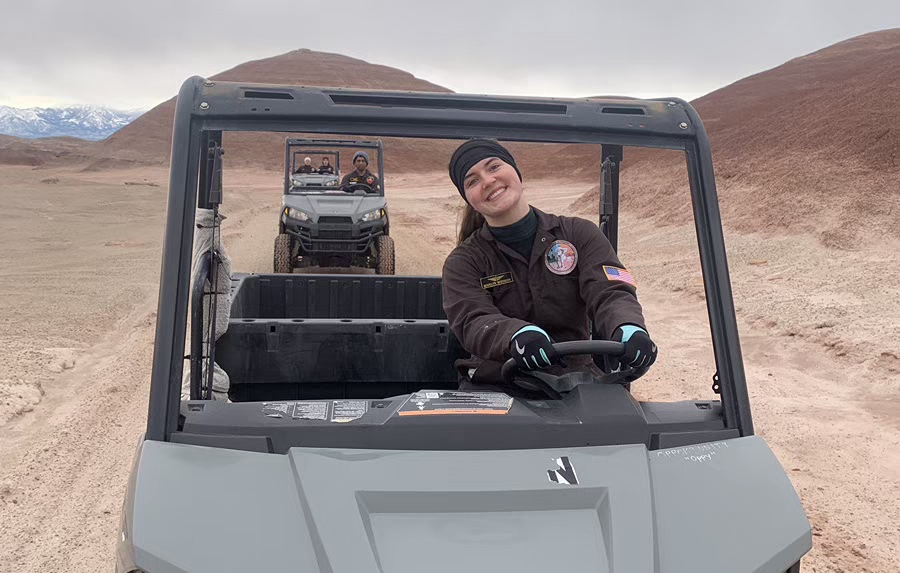
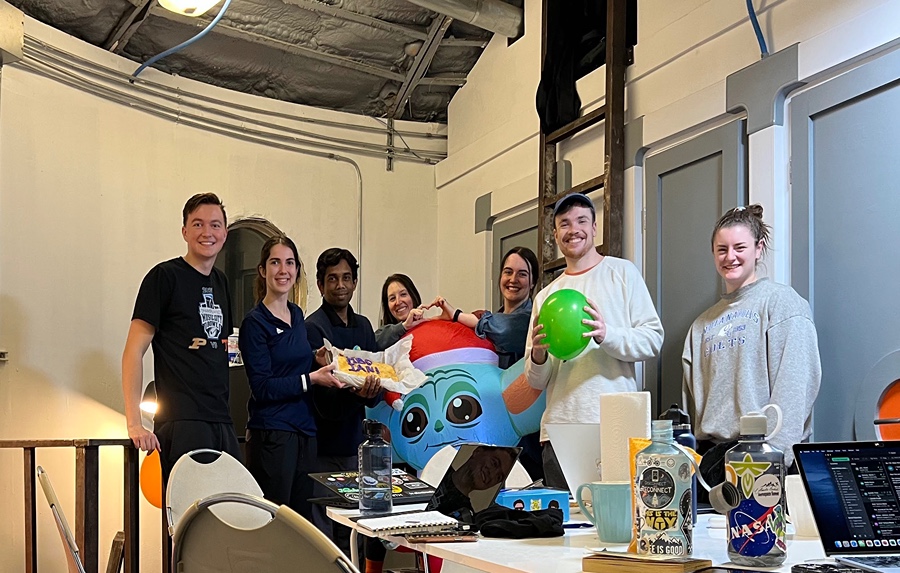
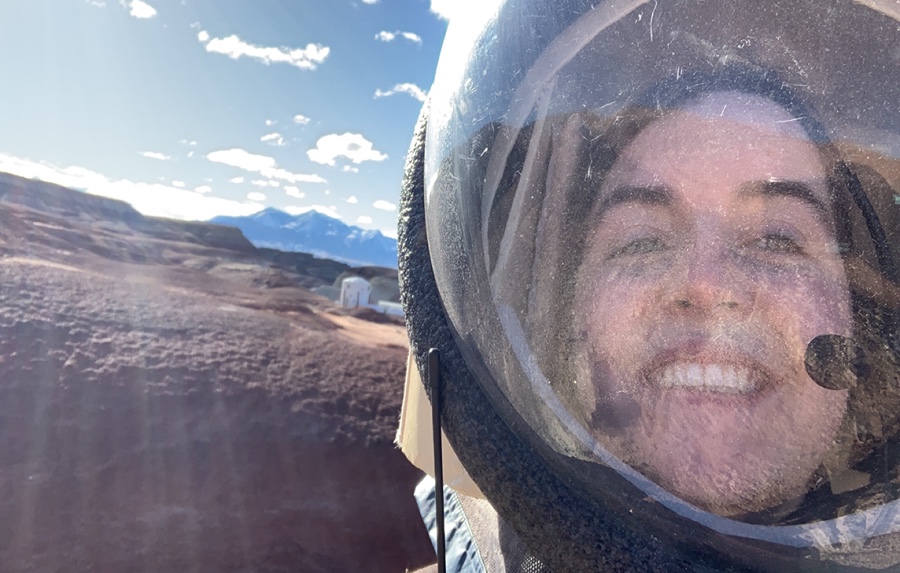
Lessons learned
“My time at MDRS helped me to understand how to adapt to challenging situations. There were times when I didn’t think problems were going to arise and they did and I just had to roll with it. I gained confidence in myself in learning that I can make something from nothing.”
With new perspectives on fresh food and the ability to breathe fresh air, Whitaker notes that the greatest asset she brought home is her confidence as a researcher.
“I love research and the process. This experience was really affirming to me and helped to build my confidence in myself and my abilities. I couldn’t have asked for more.”
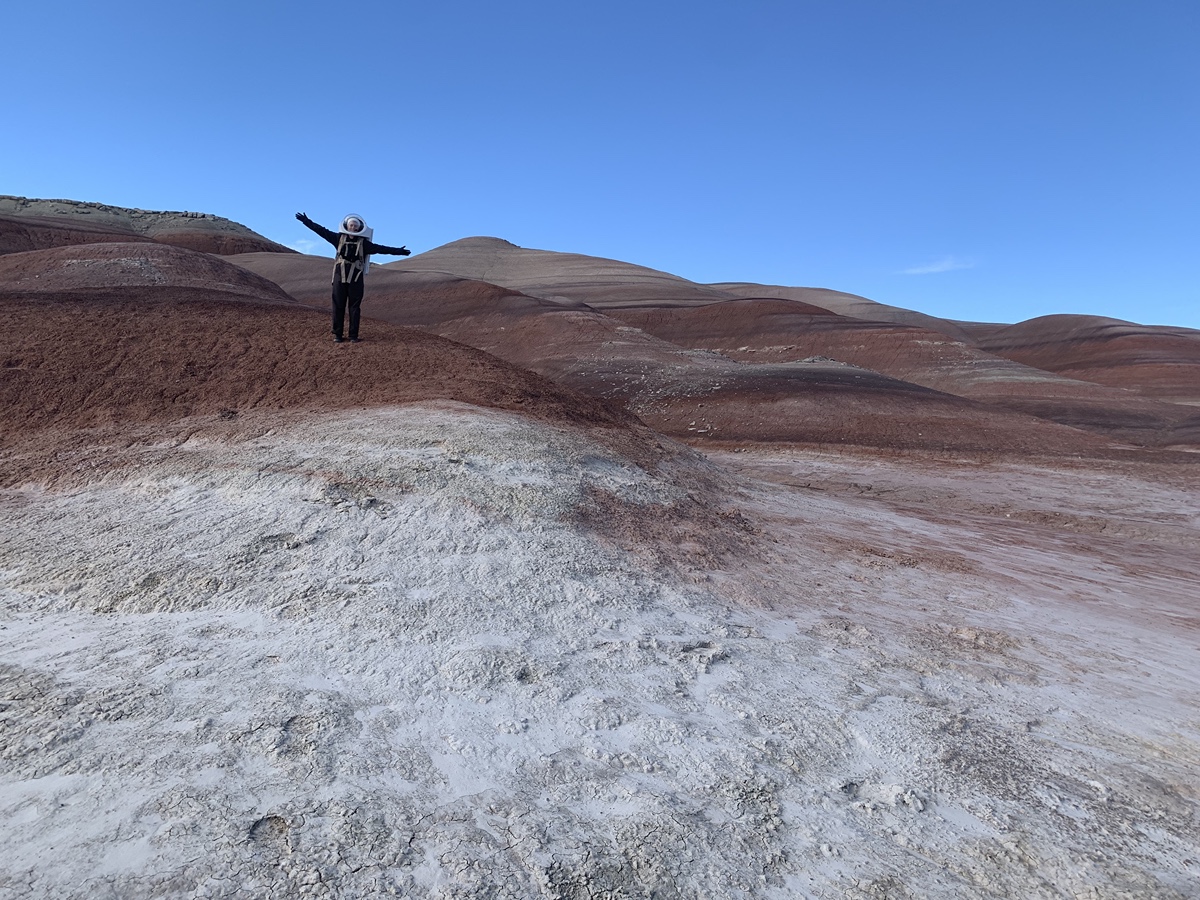
Though she could never have imagined this path for herself, Madelyn says she could not be happier. Now when asked what she plans to do in the future, her answer is simple, “I’m going to grow plants in space.”
